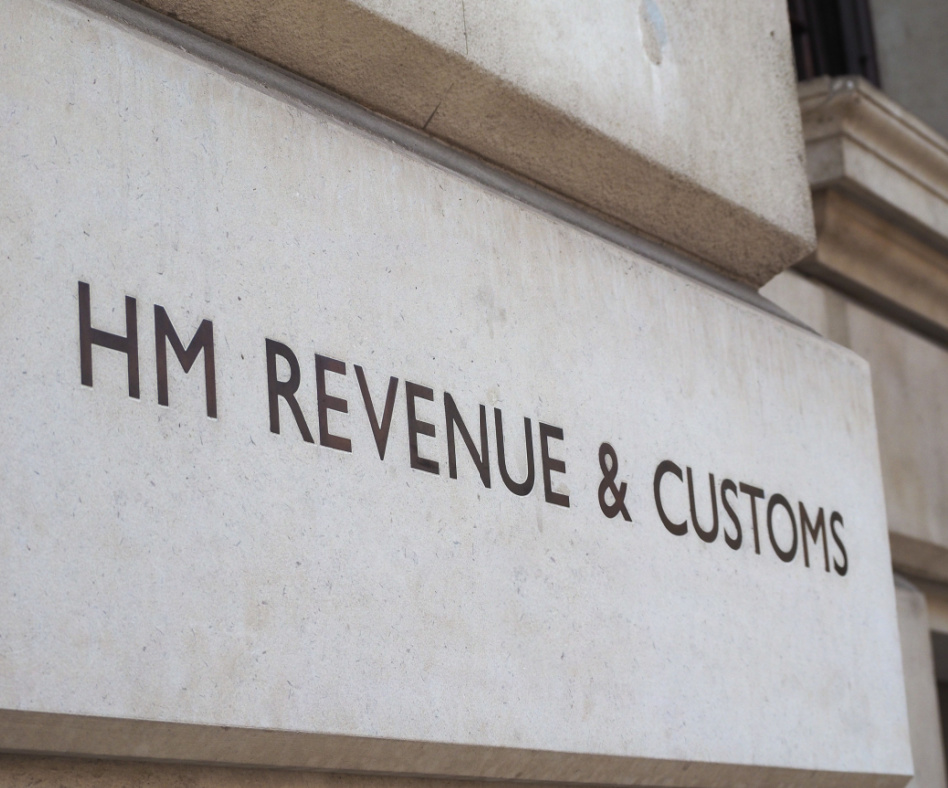In 1994, William Bengen published research that revolutionised the financial planning world. He was trying to figure out how much money retirees could withdraw from their portfolio each year without running out of money.
Bengen found that retirees throughout history could have withdrawn 4% from an investment portfolio that held 50% in bonds and 50% in equities for at least 30 years without running out of money, assuming the withdrawal amount grew by 3% each year to keep up with inflation. Therefore, someone with a £1 million investment portfolio would have been able to withdraw £40,000 in the first year, £41,200 in the second year and so forth.
Running out of money using the 4% rule has been historically very unlikely. When expert financial planner, Michael Kitces, did an analysis of the 4% rule going back to 1870 he found that wealth quintupled more often than being depleted after 30 years.
However, the 4% rule seems to be the limit when it comes to annual withdrawal rates. When Bengen tested a 5% withdrawal rate he found that it was too high to consistently work throughout history. In some periods the withdrawal rate only gave retirees 20 years of income before running out of money, so he suggested 4% as the highest safe withdrawal rate.
When J.P. Morgan Asset Management analysed the financial behaviour of over 600,000 US households, they found that spending was highest among households aged 45 to 49 and dropped in each successive age group, with expenditure reducing by 15% for those between ages 75 & 79 compared with ages 65 & 69.
Most of this decrease in spending occurred in the categories of clothing and services, mortgage payments and transportation. This makes sense as households are more likely to have paid off existing mortgages and less likely to purchase new clothing or vehicles.
Researchers at the Centre for Retirement Research found that spending in retirement typically declined by about 1% per year, suggesting that a household spending $40,000 a year in their first year of retirement would spend about $36,000 a year by their tenth year of retirement and only $32,000 a year during their 20th year of retirement.
This is why the 4% rule is conservative when it comes to retirement spending. The rule assumes that your spending will increase by 3% each year even though evidence suggests that it is more likely to decrease by 1% each year.
However, many people will not feel comfortable spending down their assets each year, when they have no idea of their longevity, which is also increasing. Luckily, there is also the State Pension to rely on, so many people’s company and personal pensions, when combined with this, provide them with a comfortable retirement.
If you would like to review your retirement plans and find out what income you could realistically take from your pensions, then please get in touch and one of our expert Wealth Strategists will be pleased to run through your options.
























































